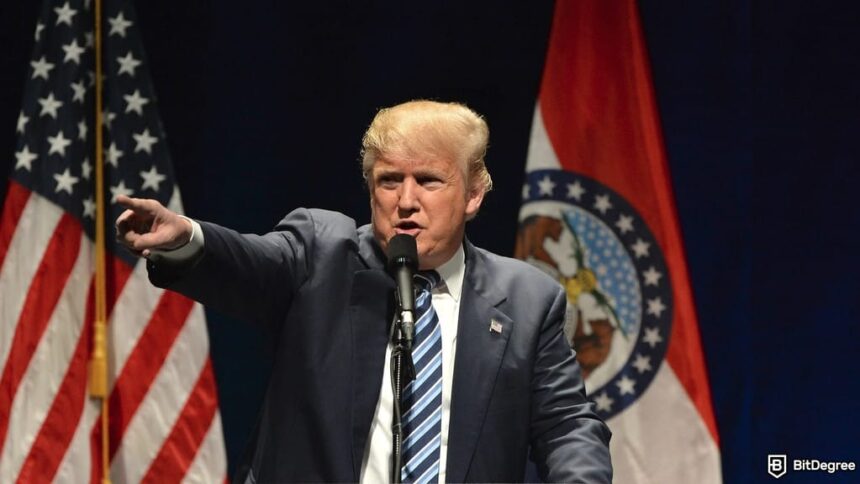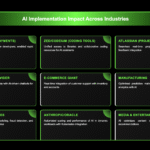The Trump administration has introduced a new plan to boost artificial intelligence (AI) in the United States.
The proposal outlines three main goals. First, it promotes the use of open-source AI tools across areas like education, medicine, law, defense, manufacturing, and science.
Second, it seeks to bring semiconductor production, needed for AI hardware, back to the US.

Did you know?
Subscribe – We publish new crypto explainer videos every week!
5 Best Crypto Portfolio Diversification Strategies (Animated Explanation)

Third, the proposal sets guidelines for what AI models can include to support “freedom of speech” in digital systems.
A central part of the plan is the expansion of infrastructure for AI, which calls for building more data centers and streamlining the approval process for them. This would involve changing how these centers are classified under environmental law.
To help power these new facilities, the strategy includes support for alternative energy sources, especially nuclear fission and fusion. The idea is to keep the current energy grid stable while preparing for increased demand from AI-related computing.
Although the plan promotes open-source AI development, it also includes a limit on who can receive government support. Contracts would go only to developers working on so-called “frontier” large language models (LLMs).
Another important part of the plan is a shift in how federal agencies will guide AI content. The Department of Commerce, along with the National Institute of Standards and Technology, will lead efforts to remove references to misinformation, Diversity, Equity, and Inclusion (DEI), and climate change from AI guidance.
Meanwhile, the UK government recently signed a deal with OpenAI to explore the use of AI in health, law, defence, and education. What did UK Science and Technology Secretary Peter Kyle say about it? Read the full story.
Having completed a Master’s degree in Economics, Politics, and Cultures of the East Asia region, Aaron has written scientific papers analyzing the differences between Western and Collective forms of capitalism in the post-World War II era.
With close to a decade of experience in the FinTech industry, Aaron understands all of the biggest issues and struggles that crypto enthusiasts face. He’s a passionate analyst who is concerned with data-driven and fact-based content, as well as that which speaks to both Web3 natives and industry newcomers.
Aaron is the go-to person for everything and anything related to digital currencies. With a huge passion for blockchain & Web3 education, Aaron strives to transform the space as we know it, and make it more approachable to complete beginners.
Aaron has been quoted by multiple established outlets, and is a published author himself. Even during his free time, he enjoys researching the market trends, and looking for the next supernova.












